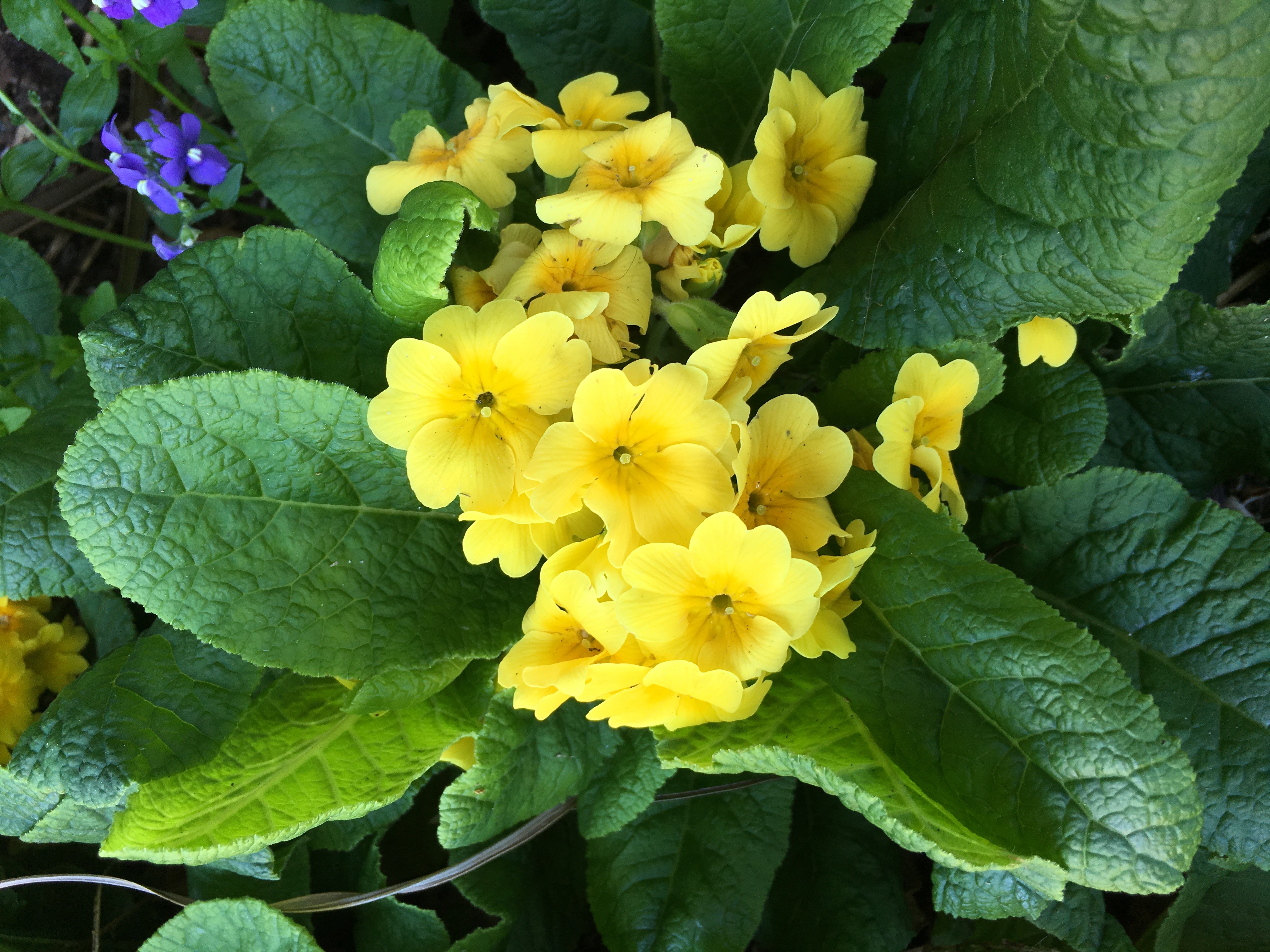Physical characteristics
A small growing clump-forming perennial growing to 0.2m tall and 0.2m wide.
Flowers and foliage
This little perennial flowers its heart out from early winter to late spring. Flowers can range in colour from pure
Preferred site
Prefers
Preparation for planting
Always choose healthy, well-grown
Maintenance tips
Apply an organic mulch
Pests and diseases
Mildew can be a problem once the weather warms up, botrytis (grey mould) can rot leaves and flowers off. Slugs and snails can eat flowers and buds.
Location at Auckland Botanic Gardens
Visitors Centre




.jpg?width=1200&height=1200&v=1d4024dceb89e50)

.jpg?width=1200&height=1200&v=1d5569224d63650)
 .jpg?width=1200&height=1200&v=1d4024df6ce2770)
.jpg?width=1200&height=1200&v=1d55676a892f2b0)
 .jpg?width=1200&height=1200&v=1d4024e3b65f7f0)